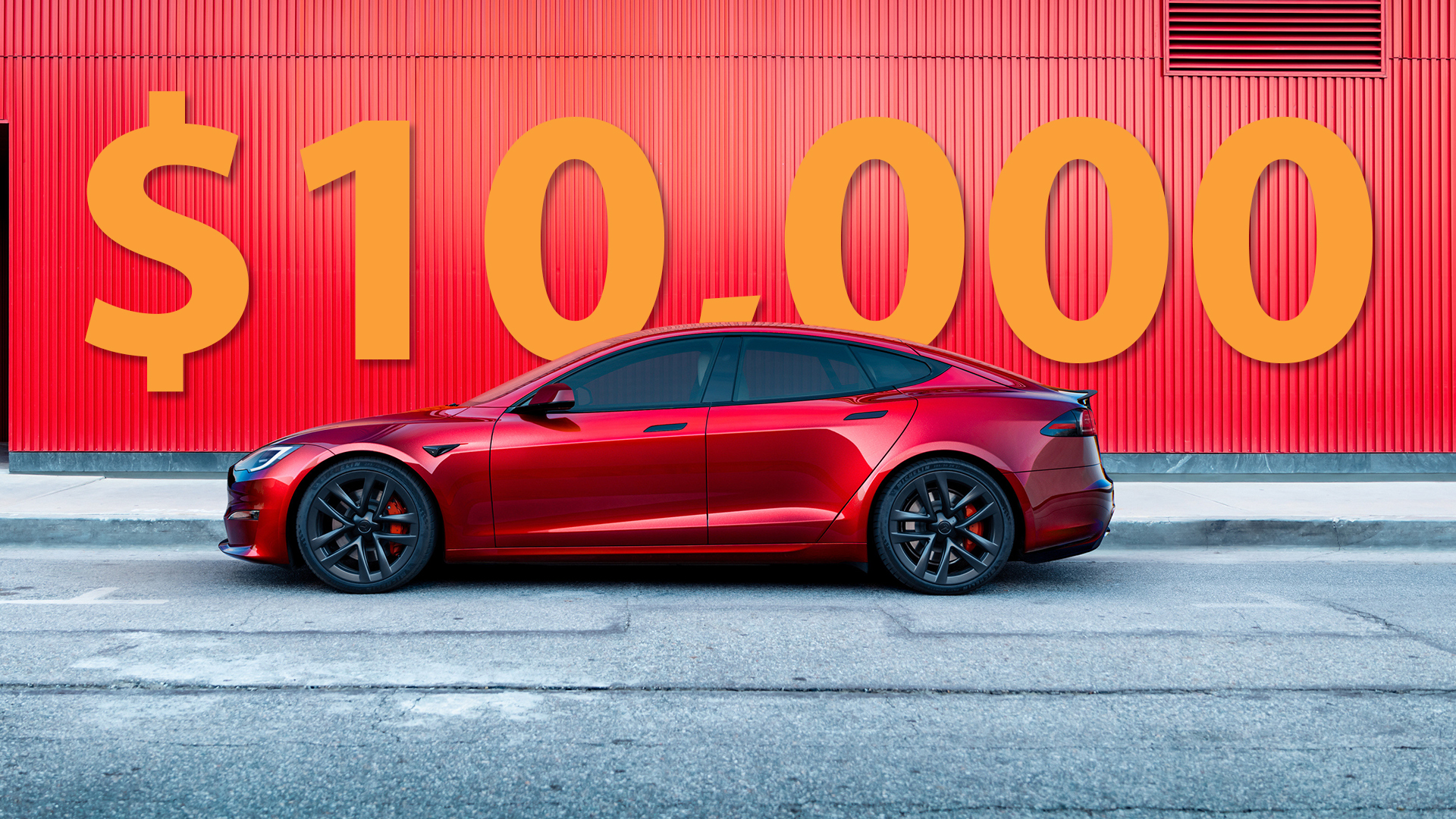

Tesla has added a new Standard Range trim for both its aging Model S and Model X luxury cars this week, effectively slashing the barrier to entry for the automaker’s flagship sedan and SUV by a staggering $10,000 each. The Model S SR now comes in at $78,490, and the Model X SR at $88,490—both before the automaker’s mandatory $1,390 destination and $250 order fees.
As the name suggests, the $10,000 trade-off is how far the vehicle can travel on a charge. Model S gets an 85-mile reduction to 320 miles (down from 405 miles) and Model X shaves off 79 miles from its range, resulting in 269 miles to a charge (down from 348 miles). There’s just one catch that might rankle new SR owners: all Model S and X vehicles reportedly use the same gross capacity battery pack regardless of trim. In other words, the Standard Range variants have been software locked at a lower usable capacity to justify the price difference.

News of the pack being software-locked comes from Electrek which confirmed the suspicion by speaking with several Tesla employees on the matter. Unfortunately, Tesla was unable to validate the rumor officially since it dissolved its communications and public relations department some time ago.
Software locking a battery pack at a lower usable capacity is an old trick Tesla pulled from its sleeve that was previously used to limit early Model S cars to 60 kWh, down from 75 kWh. With these new configurations, the EV maker has also slowed the zero to 60 MPH sprint from 3.1 to 3.7 seconds in the Model S and from 3.8 to 4.4 seconds in the Model X.
These software-only changes allow Tesla to differentiate the car enough to warrant a price adjustment between trims, without necessitating physical modifications to the vehicle, its assembly, or the parts installed. It’s not unlike the Model 3 Standard Range, which includes features like footwell lights and foglights, but are software locked to be inoperable on the SR trims. That said, the Model 3 SR at least gets a different battery pack compared to its better-equipped counterparts.
It’s worth a reminder that batteries are heavy. They’re the heaviest collective part of an electric car, and reducing the usable energy density of a pack by 27% and not the vehicle’s weight would be a questionable move—if the end goal was overall efficiency instead of profit. Because there are reportedly no changes to the physical hardware, this means the car is essentially lugging around the same 1,200-pound, 100-kilowatt-hour battery despite only having access to about 73% of its capability.

Whether Tesla will let owners to “unlock” the remainder of the car’s battery as an over-the-air purchase later on is currently unclear. Tesla previously allowed owners of early Model S 60D vehicles to pay $4,500 to access an additional 15 kWh of usable battery (it later reduced the price to $2,000), whereas Model X owners have paid as much as $9,000 for the same privilege in the past. It would seem logical for Tesla to offer such an option at a later time, especially if the vehicles are already equipped with the necessary hardware. If not, it might be an opportune time for hackers and EV modders to try their hand.
While Tesla Model 3 and Y sales have been consistently climbing, the automaker has struggled to improve the take rate of the aging Model S and X for some time. This aggressive price drop brings the Model S and X down to its cheapest price in four years. Perhaps with the move, Tesla can gain some market share against consumers cross-shopping with other marques in the growing premium EV market—though those buyers will have to accept sacrificing a bit of range in the process.
Got a tip or question for the author? Contact them directly: rob@thedrive.com